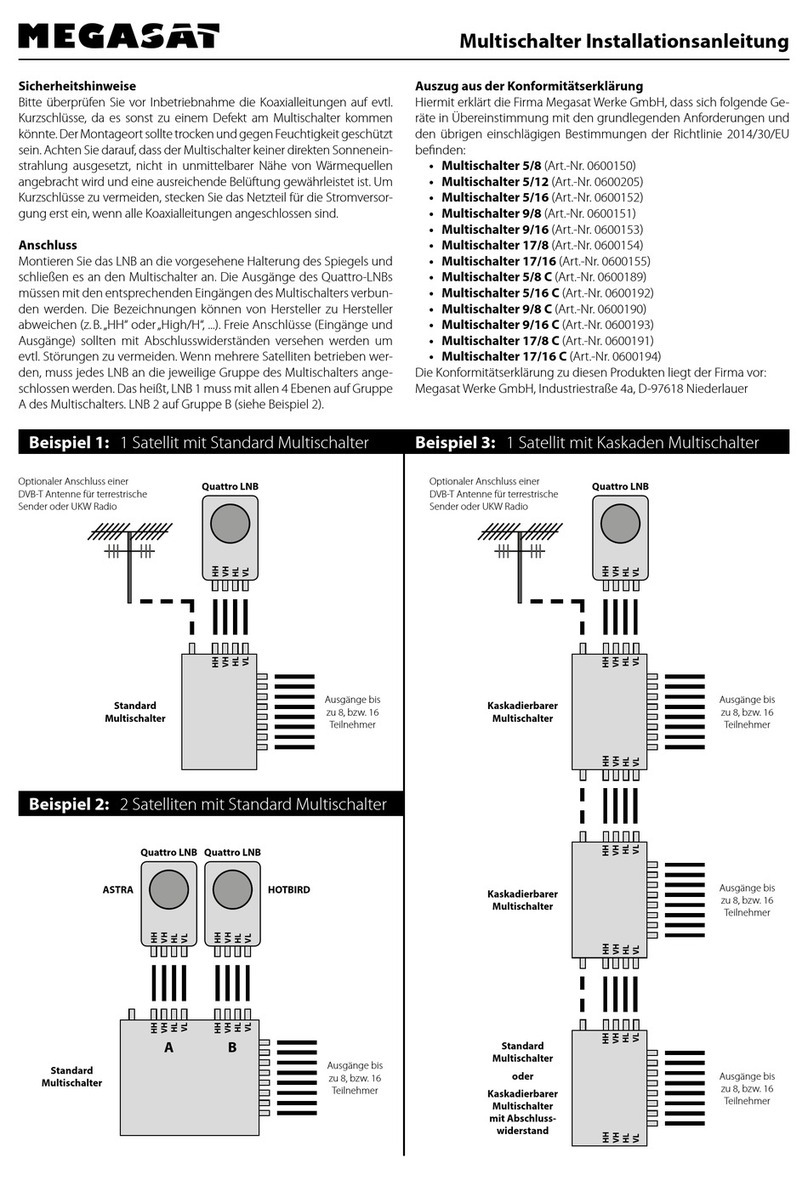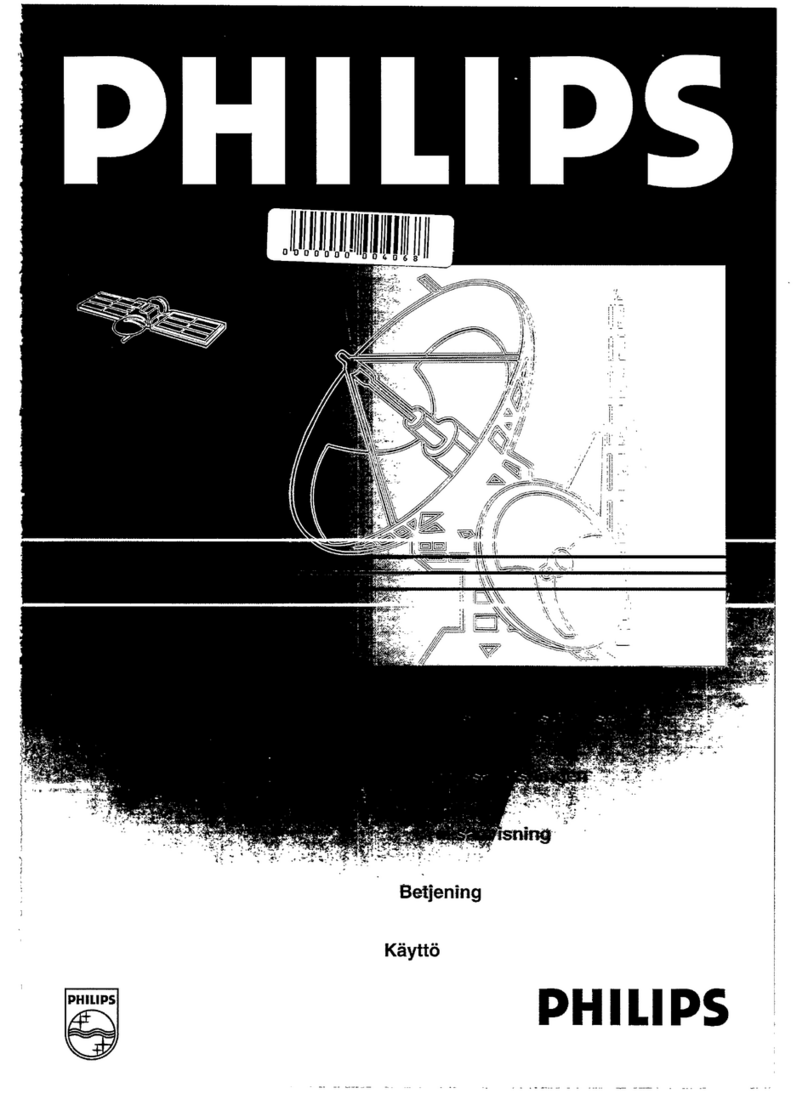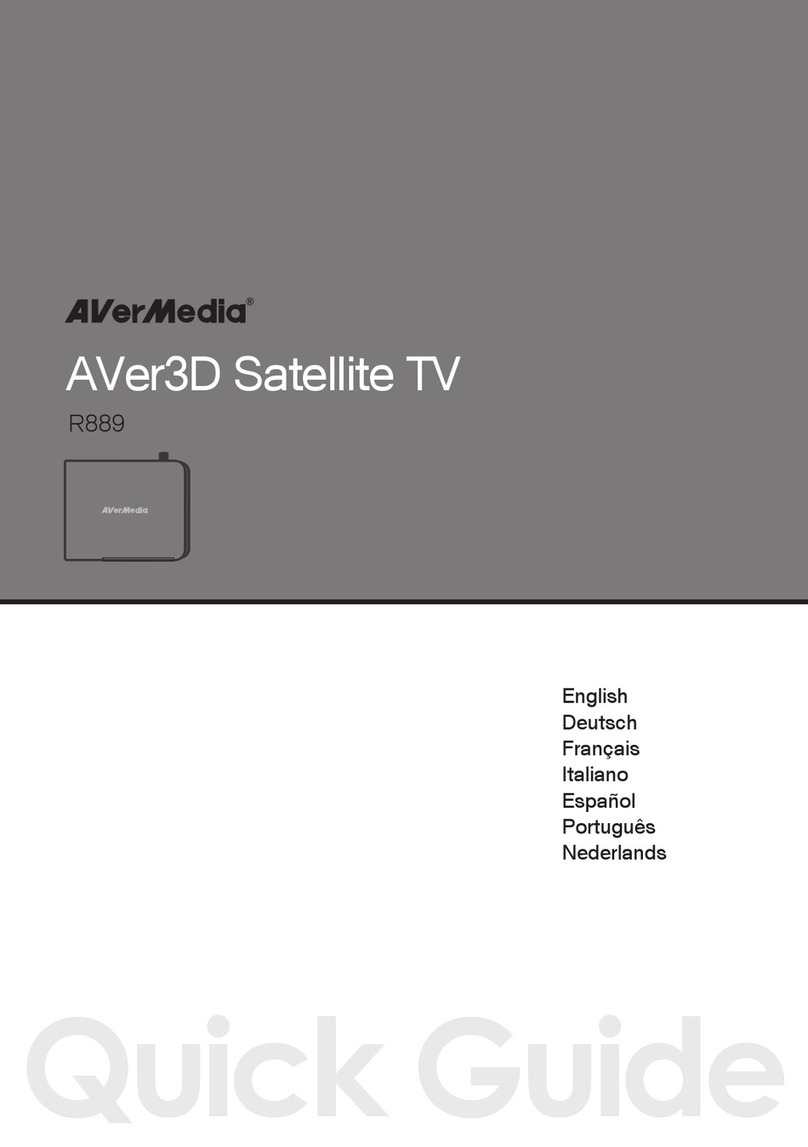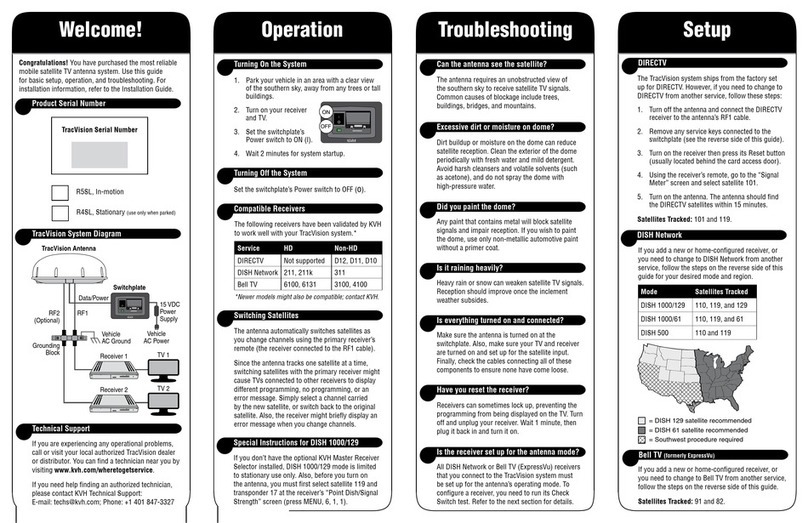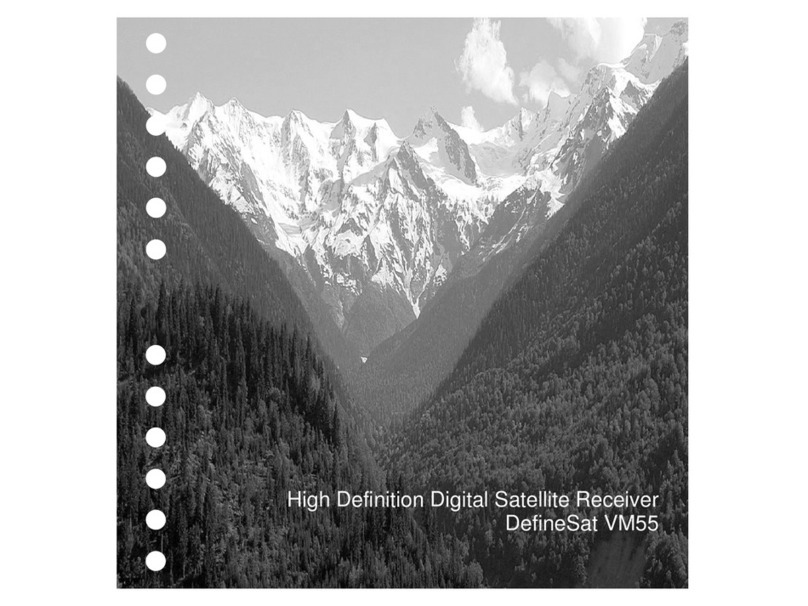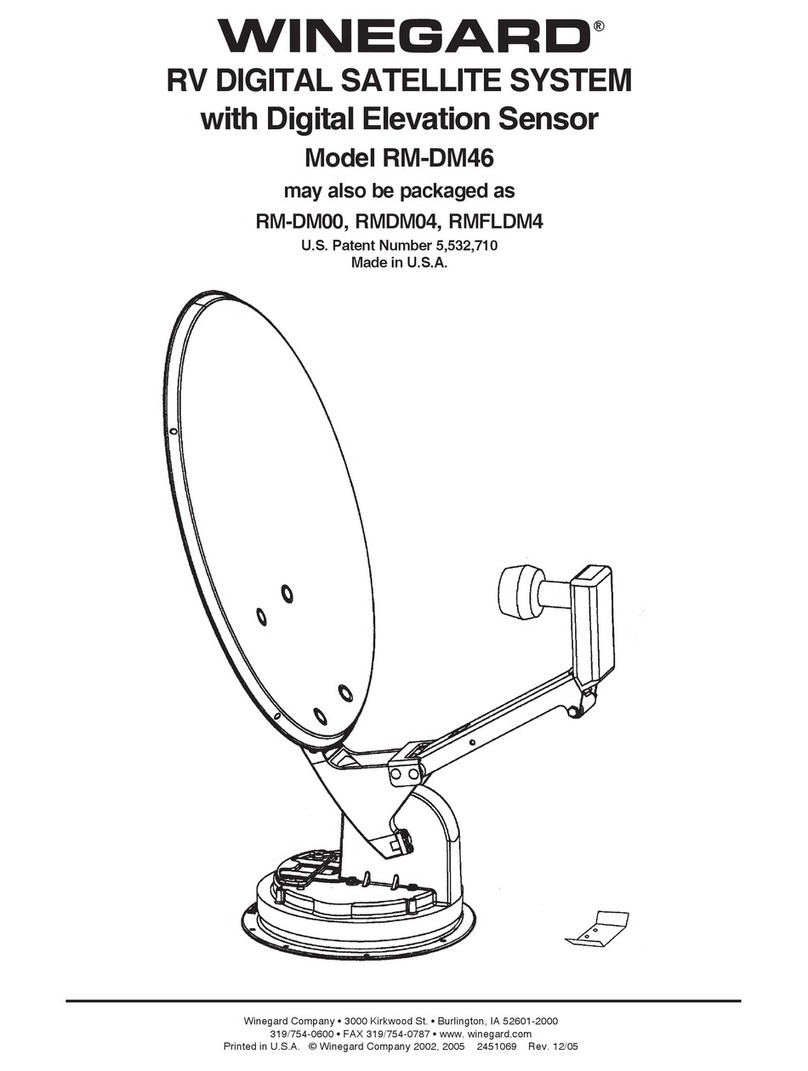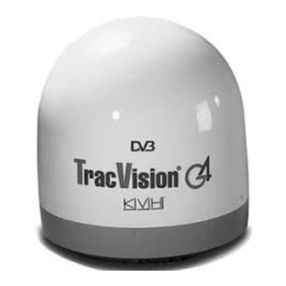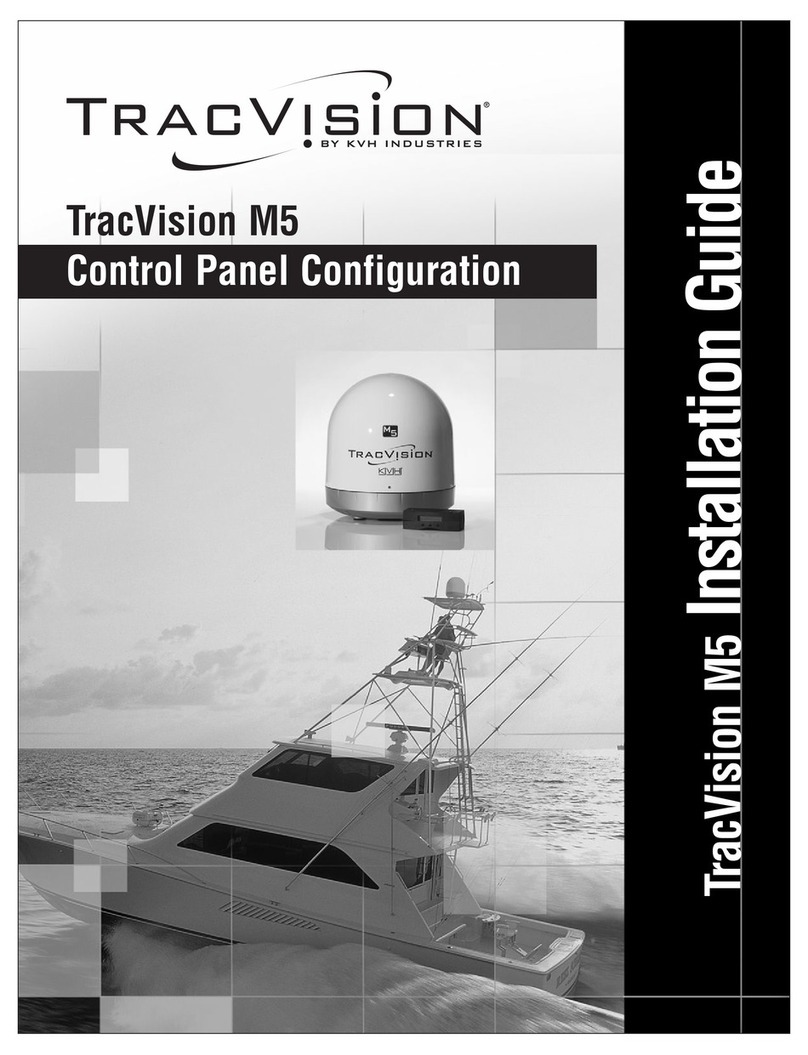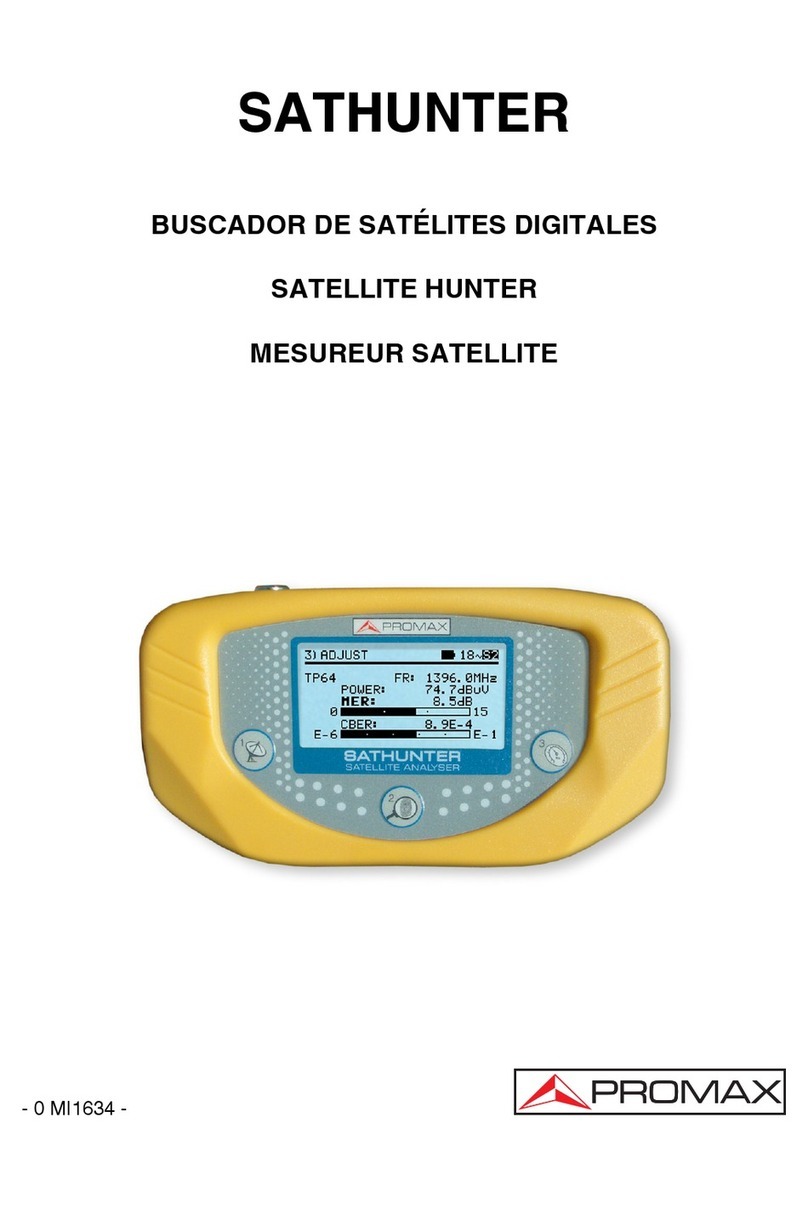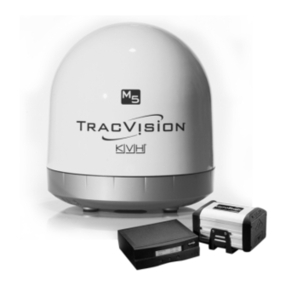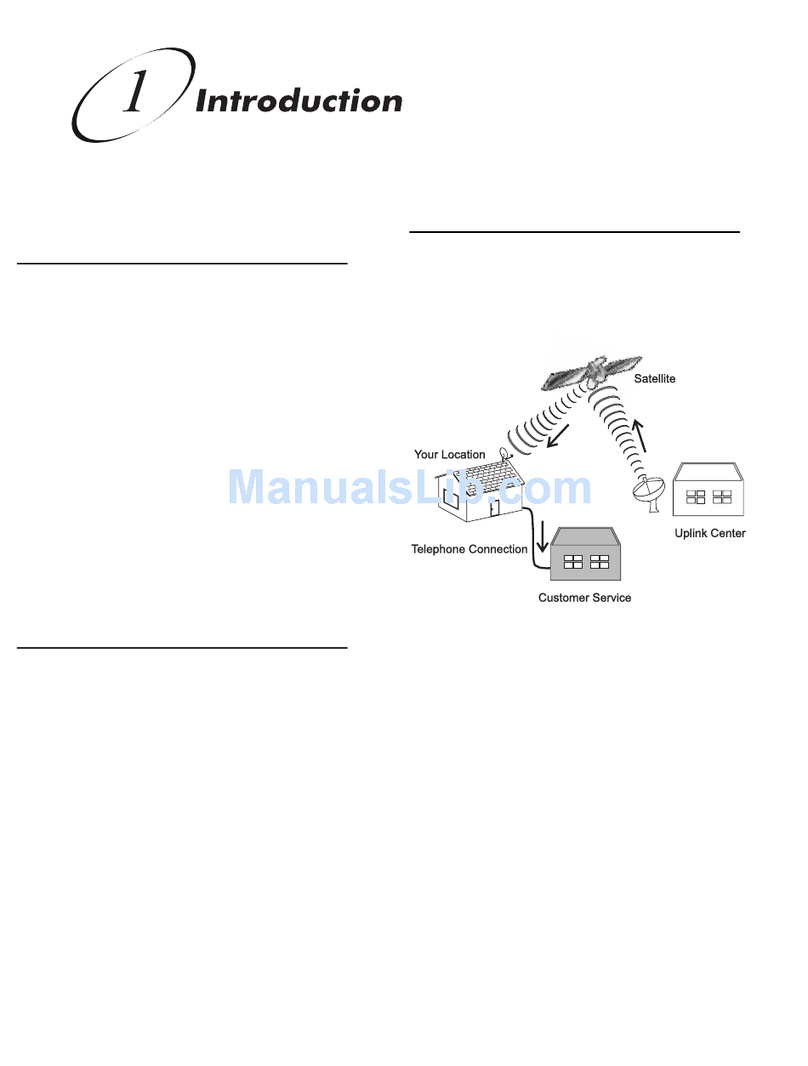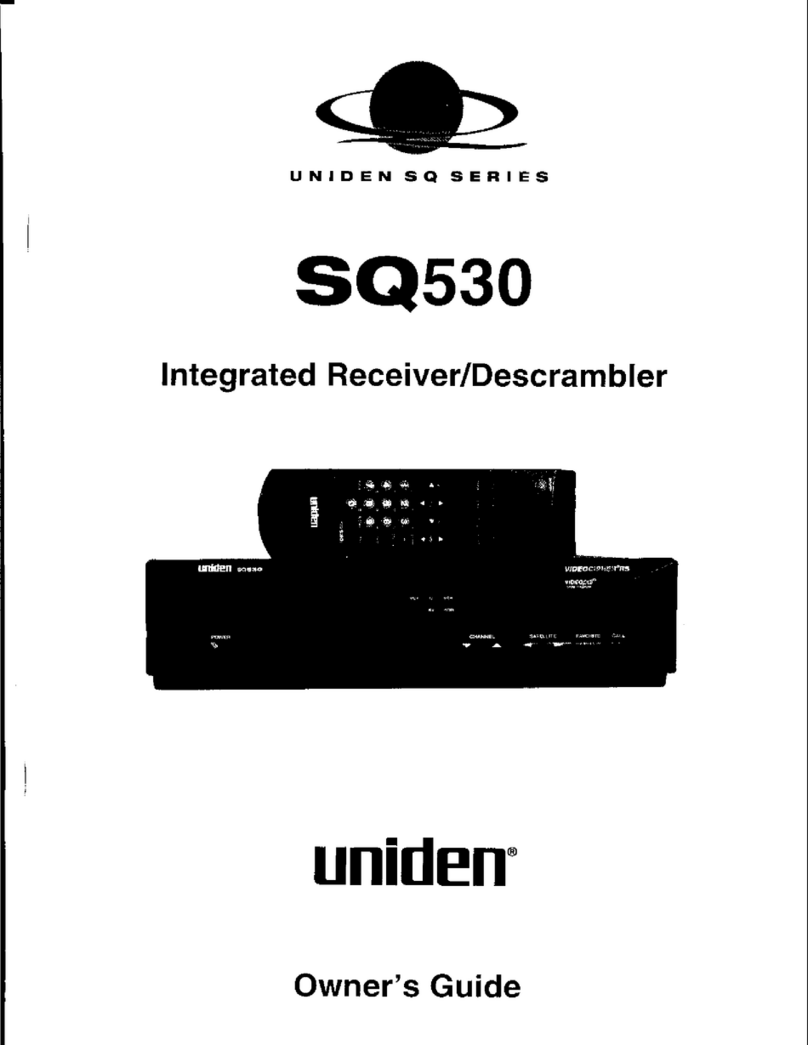Measuring Satellite Signals
Sensitivity Control
Customer Careline: 08457 573 479 (Local rate - UK Only) Technical Support: www.philex.com/support
Dish elevation
Azimuth angle
Satellite LNB
Satellite/DVB-T
Switch
Satellite Receiver
PLEASE NOTE: No battery is required when
the nder is used to measure satellite signals.
Sucient power is provded from your
satellite receiver LNB (Dish) Input.
1. Slide the switch on the side of the DVB-T/
SAT Finder up into the SAT position.
2. Use a short F type cable (not supplied) to
connect the dish LNB to the F connection
marked Antenna on the DVB-T/SAT Finder.
3. Connect the LNB (Dish) Input on your satellite
receiver to the F connection marked Receiver
on the DVB-T/SAT Finder (using the satellite
downlead), switch on the satellite receiver and
the green LED indicator will light up as the
nder is powered by the satellite receiver.
4. Turn the sensitivity control fully clockwise to
maximum sensitivity. If all the LED indicators
light up at any point you can rotate the control
anti-clockwise to reduce the sensitivity.
5. Find the Azimuth and Elevation angles for the
satellite you require (for Sky and Freesat in the
UK this will be Astra 2 28.2 East) the channels
and angles can be found at:
http://www.lyngsat.com,
http://en.kingofsat.net/ or
http://www.dishpointer.com
(e.g. Brighton, England for Astra 2 (28.2 East):
Azimuth = 145.16˚, Elevation = 25.95˚)
6. Identify South (this is easiest using a compass),
and point the LNB arm south. Turn the dish
eastwards (to the left) to 5˚ less than the
Azimuth angle you have just looked up
(e.g. Brighton 145.16˚- 5˚ would be 140˚). This
is the position at which you will start your
azimuth scan. Tilt the dish so that the face is
vertical, at 90˚ to the ground (this will give you
roughly the right elevation).
7. Slowly scan (from side to side) across the sky
to the Azimuth angle plus 5˚ (e.g. Brighton
145.16 + 5˚ so nish at about 150 degrees), the
full 10˚ scan should be slow enough to take a
couple of minutes to allow your receiver to
lock onto and measure signal quality.
You are aiming to nd the position where the
most LED’s on the Finder are lit up, and
correspondingly (if you are on the correct
satellite) the signal quality and signal intensity
on the satellite receiver is highest. At this stage
the signal quality on the satellite receiver may
still be low at around 0 - 20%.
9. If no increase on the DVB-T/SAT Finder or
signal quality is noted then move the elevation
of the dish up by half a degree and repeat step
7, continue this until an increase on the Finder
and signal quality on the receiver is observed.
If there is still no increase in signal, return the
elevation to vertical and try moving the dish
elevation down by half degree increments.
10.Now focus on adjusting the Elevation (vertical
movement) without altering the Azimuth
(lateral movement). Move the Dish and LNB
assembly arm up and down slowly, until an
optimum Elevation is found.
11.The next step is to ne tune the Azimuth angle
(lateral movement). Slowly adjust the dish
angle from side to side until the most LEDs are
lit on the nder and the signal level and
quality are showing at 65% or more on the
satellite receiver. If the nder indicates a good
signal but you satellite receiver indicates no
signal strength or quality then your dish is
pointing at another satellite. Reset the dish
and continue from step 2.
12.Loosen the LNB in its holder and Rotate the
LNB to achieve maximum signal quality.
This adjusts the polarization angle and
corrects for the earth’s curvature, some LNBs
have degree markings on the top of the LNB.
If you are looking at the face of the dish with
the LNB lead hanging downwards in the 6
o’clock position, rotate the LNB clockwise to
7/8 o’clock (for As
